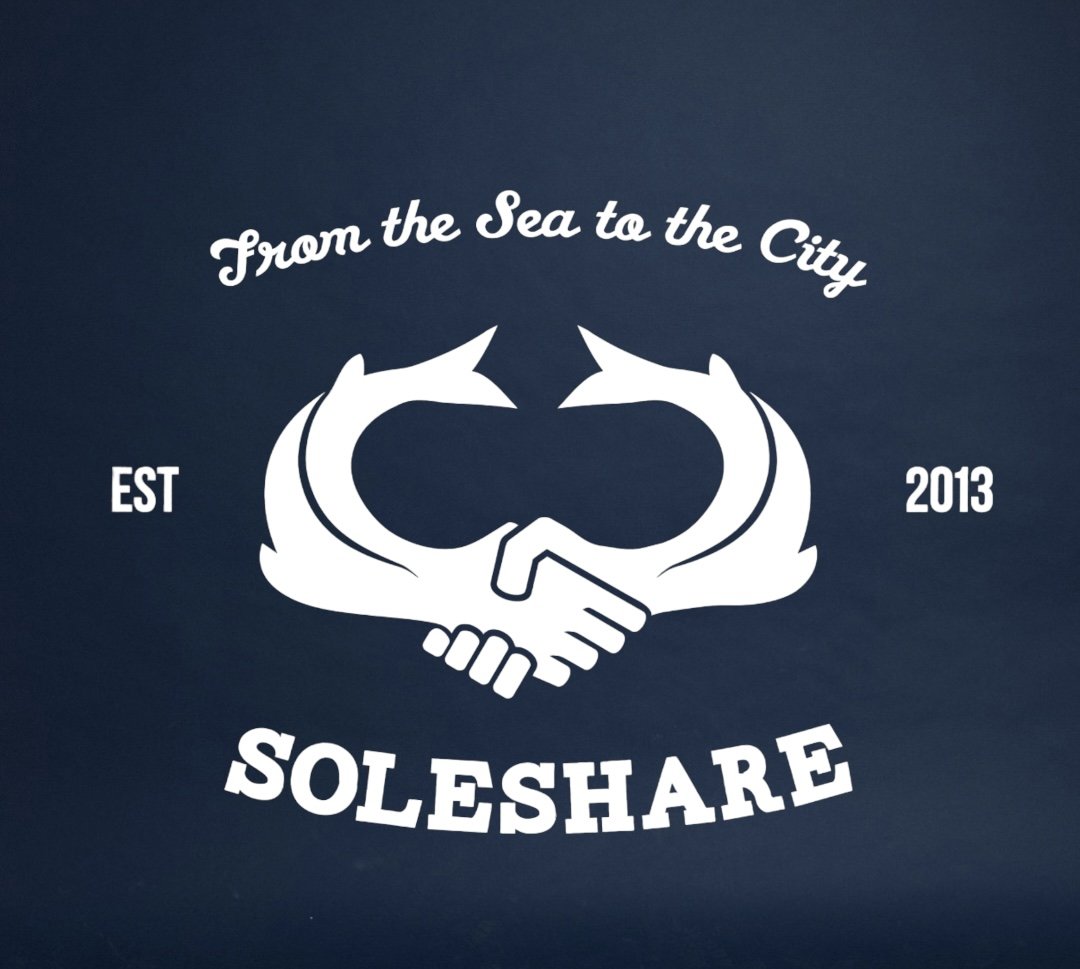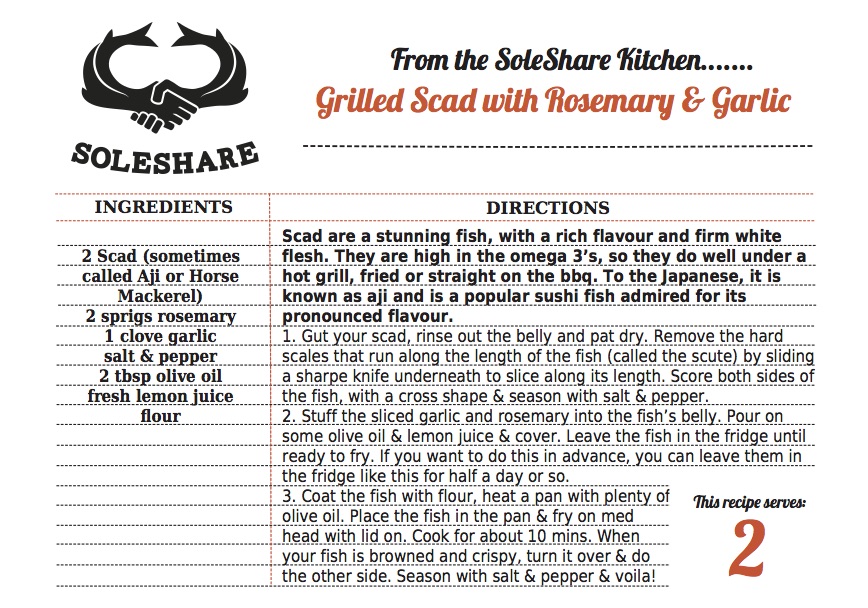AKA scad, horsebob, aji
Tracharus tracharus
Biology
Horse mackerel are not real mackerel at all, belonging to a family of fish called carangidae made up of jacks and trevallies. They form large shoals over sandy bottomed ground, often schooling with herring or (actual) mackerel. There are two main stocks of Atlantic horse mackerel. The Northern stock spawns in the North sea and heads back to Northern waters, whereas the Western stock spawns in the Bay of Biscay and heads west as the fish mature.
Fishing
Low demand for horse mackerel in UK historically has meant they were never really targeted by fishermen. However, a good export market has been established to Spain and Portugal, as well as Japan, where aji, as they're known are very popular. As such, they've started to be targeted by fishermen in the UK (also partly due to their value as fishmeal- boo). Current fishing pressure seems to have little effect on stock size or age structure, so we can also eat them with a completely clean conscience.
Cooking
They’ve never been popular in England, go to Portugal and Spain however and you’ll see them everywhere. The Japanese, who call them ‘aji’ are huge fans and eat them salted and dried for breakfast.
They have a row of hard scales along their lateral lines called a scute. These are best removed before cooking. Simply slide a sharp knife underneath the scute and slice along its length.
Whilst they are quite oily fish, horse mackerel have a different flavour to normal mackerel. The Portuguese often cook them in an escabeche (fried then steeped in a sweet pickle liquor) and the Japanese often use it to make a tataki, which is like an oriental tatare.



